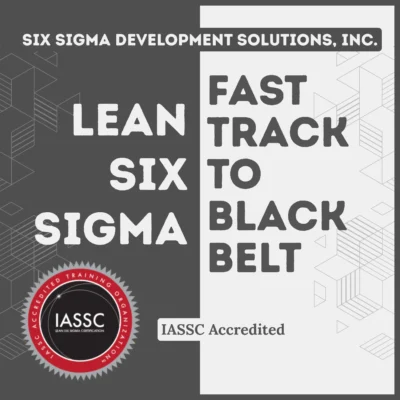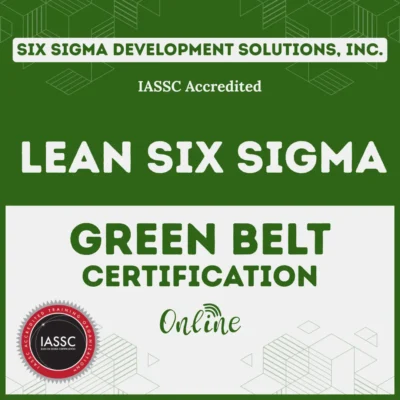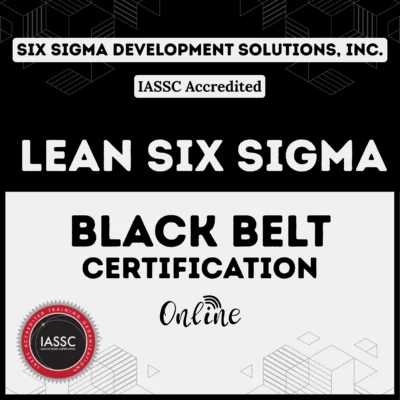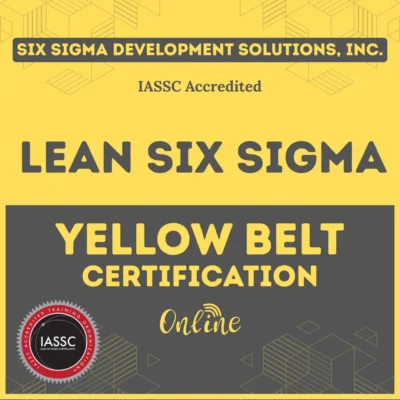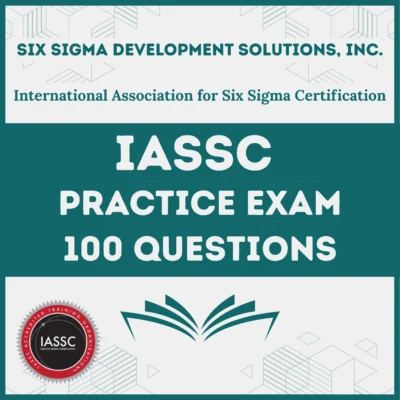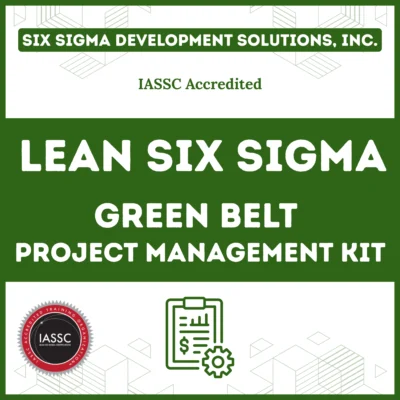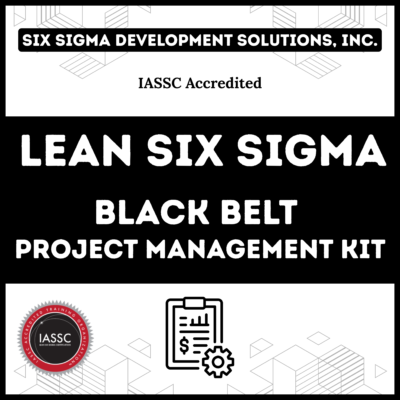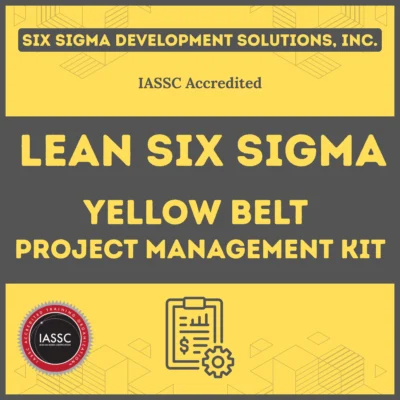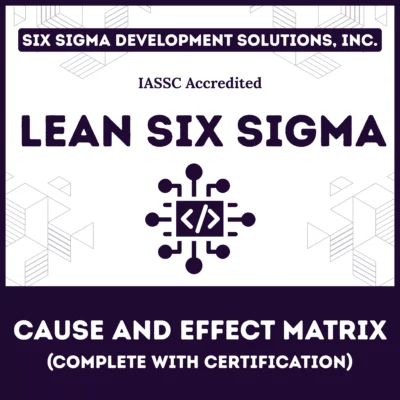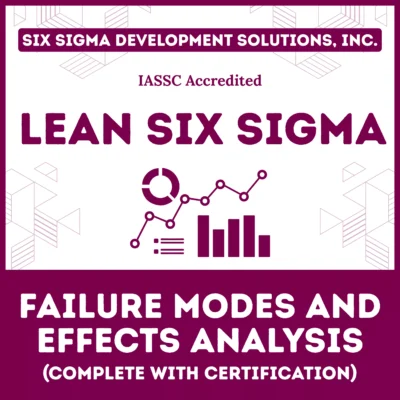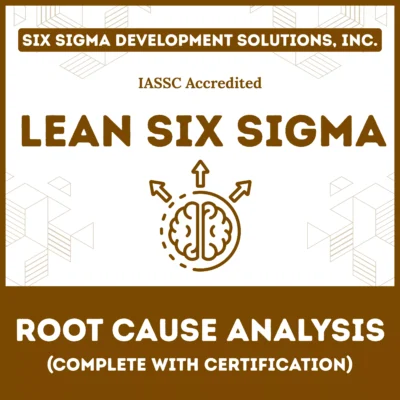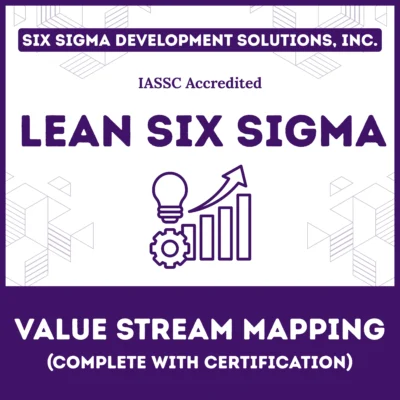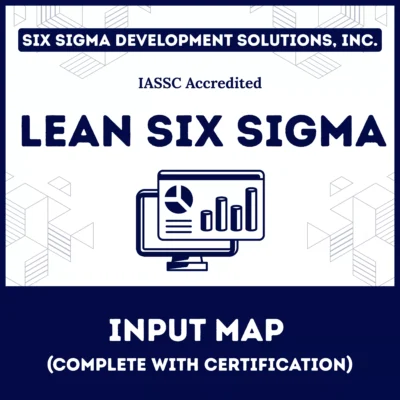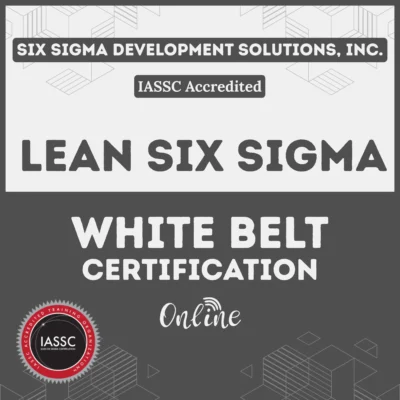Table of Contents
A Lean Six Sigma Project to Reduce Lead Time at a Tubing Company
At Six Sigma Development Solutions, Inc. (SSDSI), we partnered with a tubing manufacturer to tackle a major challenge: long lead times in a high-SKU environment.
On Day 0, our team conducted a detailed data analysis with Subject Matter Experts (SMEs) and used Value Stream Mapping (VSM) to narrow the project scope. The company initially wanted to reduce lead time across all SKUs. However, the data revealed that a single tube family consumed over 70% of total capacity. By focusing on this tube family, we could make the greatest impact with a Lean Six Sigma project.
Before the main event, SSDSI conducted a Lean and Six Sigma White Belt course for SMEs. This training was crucial: it reduced the fear of change, built trust, and encouraged SME input in identifying improvement opportunities within the tubing process.
On Day 1, we worked with SMEs to map the Current State using both a Value Stream Map (VSM) and a Spaghetti Map. These Lean tools revealed a traditional Push system:
- Production ran in large batches.
- Departments operated independently, each “to the beat of their own drum.”
- Products were stored in inventory between departments, creating bottlenecks and delays.
This made the need for a streamlined, flow-driven system clear.

What is SME and VSM?
VSM (Value Stream Mapping): A Lean tool that visually documents all steps in a process to identify waste, bottlenecks, and opportunities for flow.
SME (Subject Matter Expert): An employee with deep knowledge of a process who provides valuable insights during Lean Six Sigma projects.
Designing the Future State
On Day 2, we worked with SMEs to co-create the Future State process. SSDSI’s philosophy is simple: ownership drives sustainability. By involving SMEs directly, we ensured the improved process was realistic and supported by those who would use it every day.
The ideal state would have been one-piece flow, connecting all steps seamlessly. But the SMEs weren’t ready for such a dramatic leap. Instead, the team agreed to implement a Replenishment Pull System using Visual Signals (Kanban) to trigger replenishment.
Here’s how it worked:
- A central rack was set up with multiple levels, each representing a step in the tubing process (Step #1 on the first level, Step #2 on the second, and so on).
- Plastic bins controlled small batch sizes and moved production between steps.
- Three color-coded bins acted as visual Kanban signals:
- Standard IPK (in-process kanban)
- IPK with larger batch sizes
- Priority orders requiring faster turnaround
If one process step filled its Kanban bins and had no additional parts to produce, operators would flex downstream to help relieve bottlenecks. This created a more agile, team-oriented system that improved flow and reduced delays.
Results and Key Takeaways
- Narrowing the scope to the tube family with the highest capacity usage delivered faster results.
- Training SMEs with a White Belt course ensured buy-in and reduced resistance to change.
- Using VSM and Spaghetti Maps exposed hidden inefficiencies in the Push system.
- A Kanban-based Pull System created visibility, reduced lead time, and improved flow without the need for expensive automation.
- Empowering employees to flex into downstream processes minimized bottlenecks and maximized throughput.
This project shows how Lean Six Sigma can transform manufacturing operations, even in complex, high-SKU environments like tubing production.
Related articles

Public, Onsite, Virtual, and Online Six Sigma Certification Training!
- We are accredited by the IASSC.
- Live Public Training at 52 Sites.
- Live Virtual Training.
- Onsite Training (at your organization).
- Interactive Online (self-paced) training,
About Six Sigma Development Solutions, Inc.
Six Sigma Development Solutions, Inc. offers onsite, public, and virtual Lean Six Sigma certification training. We are an Accredited Training Organization by the IASSC (International Association of Six Sigma Certification). We offer Lean Six Sigma Green Belt, Black Belt, and Yellow Belt, as well as LEAN certifications.
Book a Call and Let us know how we can help meet your training needs.





